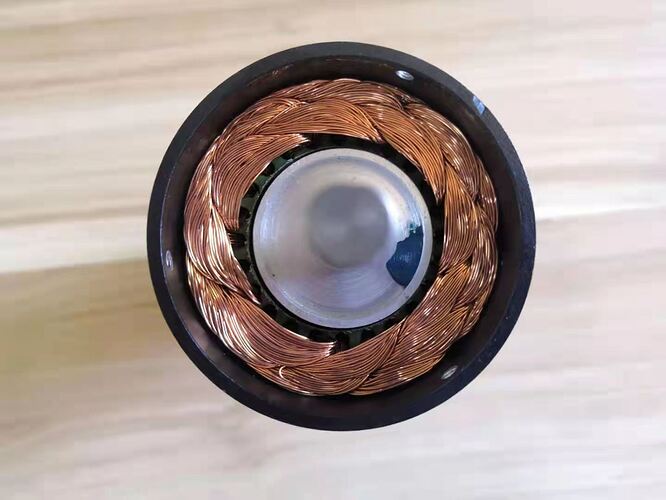This propeller motor has a KV value of 120 KV and the speed range given in the parameter table represents the fact that the motor can be made with different KV values tailored to the needs of different users.
The figures are all realistic and if in doubt, we will offer 1-2 sets for free in the future for professional hydrofoilers on the forum to test it.
I’ll take one for free to try and give feedback if you want
I tested this 54135 motor. I got a 100kV motor and phase resistance is a whopping 195mohm(!). The original phase leads are too thin and not sufficient at 14AWG so I replaced them with 10AWG but it doesn’t solve the basic problem, the efficiency will be low and it will burn easily during starts.
I took it out anyway but could not get up on foil due to low thrust. Used a flite propeller which has worked well for me on a number of motors.
Just to get some figures on it:
In theory it takes about 80A to get the 8Nm out of it if it doesn’t saturate already at lower current (which it seems to do, after slowly increasing throttle over seconds to full throttle the motor could be heard and felt to lose the thrust increase closer to full throttle)
Resistance losses at takeoff (80A) will be 1200W, at flight (40A) 312W. That’s a lot of power just heating motor up.
I guess the reason for the high phase resistance can be witnessed here.
That’s a lot of (useless) endturn copper
It’s a distributed winding which always suffers from higher copper losses than concentrated windings. Looks like the rotor is roughly 30mm in diameter so each magnet width (being 8-pole) will be 12mm, next good pole candidate with concentrated winding seems to be 24 slot/ 22 pole and it would give roughly 4.2mm wide magnets. Seems like it could be done but electric frequency would be higher of course.
(Picture posted by diamond dynamics in a different post)
I tried some different propellers (stepwise lower pitch) to see if i would possibly be able to get up and do at least slow flying with this motor. I built a test stand with thrust measurement in a large water barrel so that i could measure static thrust.
- I could not get thrust above 22kg regardless of propeller and settings.
- Motor starts to saturate at about 60A so the dyno sheet on diamond dynamics site is obviously faked.
- Rotor is 29mm dia x 90mm magnet length
- Rotor laminations are 0.3mm
- Magnets are 8 poles made of 16 curved magnets with flat rear, 45mm long, 7.4mm wide and 3.5mm on the thickest section.
In the end motor burned and shorted after about 50 trials of less than two second thrusts at 80A phase current.
I can’t recommend it, it was more than 300usd down the drain with shipping and taxes.
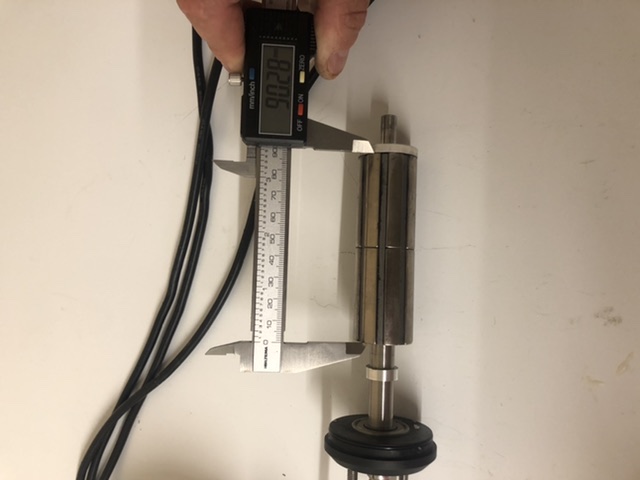
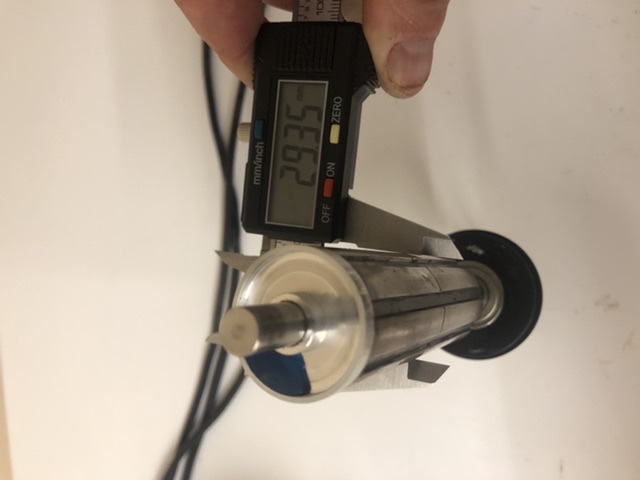
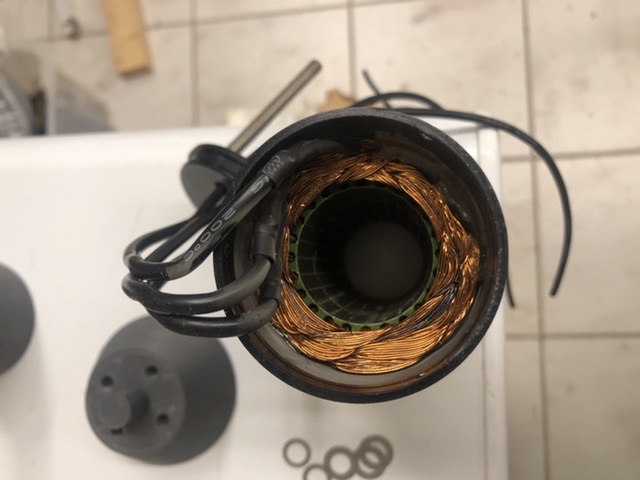
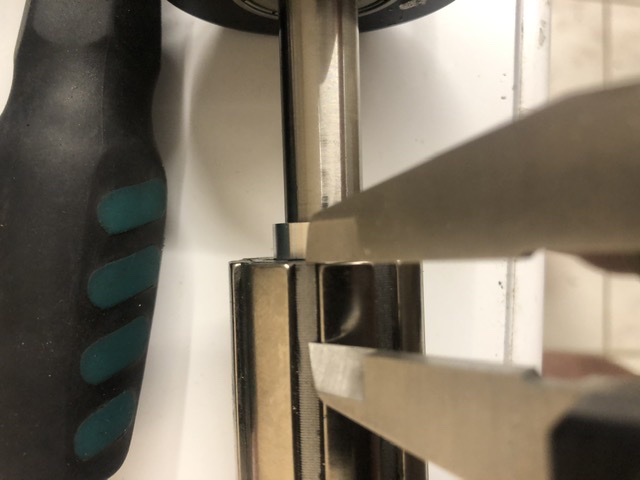
These Diamond motors are total junk, DO NOT BUY THEM, their claims are totally made up and the performance is basically ZERO for any application that requires thrust and speed above 3km/hr.
Spent a total of $2500 with them and threw them in the bin because they refused to believe their product did not perform as they claimed!
TOTAL WASTE OF TIME!
